1. Introduction to Northeast tourism - Vietnam
Peaceful beauty of the Northeastern mountains and forests (Photo source: Collected)
1.1. Which provinces are included in the Northeast region?
The Northeast region of Vietnam includes 11 provinces: Ha Giang , Cao Bang, Lang Son, Bac Kan, Thai Nguyen, Tuyen Quang, Phu Tho, Bac Giang, Quang Ninh, Bac Ninh and Vinh Phuc. Each province has its own unique Northeast tourist destinations, creating a diverse and rich cultural picture.
1.2. When should you visit tourist destinations in the Northeast?
The best time to visit the Northeast is in two seasons: spring (February-April) with peach and plum blossoms in full bloom, and autumn (September-November) with golden rice fields. In particular, in October-November, visitors can admire the blooming buckwheat flowers in Ha Giang.
1.3. What attracts tourists to Northeast tourism?
The Northeast region attracts tourists with its majestic natural landscapes, unique indigenous culture and rich Northeast cuisine . From the majestic mountain ranges to the lush green valleys, from the highland markets to the traditional festivals, everything has its own regional identity.
2. Top 10 most famous tourist destinations in the Northeast
2.1. Lung Cu Flagpole (Ha Giang)
Lung Cu Flagpole: Sacred symbol at the headland of the Fatherland (Photo source: Collected)
Towering in the middle of the Dong Van stone plateau, Lung Cu Flagpole proudly stands at an altitude of 1,470m, as a sacred symbol of national sovereignty. To conquer this "Roof of the Fatherland", visitors will have to climb 389 stone steps, admiring the panoramic view of deep valleys and impressive limestone mountains stretching to the horizon. Especially, on clear days, you can also see the Vietnam - China border, creating an indescribable feeling of overwhelming. Don't forget to capture the moment standing next to the national flag fluttering in the wind - a proud experience that any visitor should have once in their life.
2.2. Nho Que River (Ha Giang)

The majestic beauty of Nho Que River, Ha Giang (Photo source: Collected)
Winding like a jade-green silk strip between the high cliffs of the Dong Van stone plateau, the Nho Que River is one of the most beautiful natural wonders in the Northeast region. Visitors can admire the river from Ma Pi Leng Pass - one of the "four great mountain passes" of Vietnam, or experience the adventure of kayaking on the clear blue water. In particular, the river-view cafes on the top of Ma Pi Leng Pass are ideal stops to enjoy a cup of coffee in the "intersection of heaven and earth" space. Sunset on the Nho Que River is a scene not to be missed, when the last rays of the day tinge the water's surface with orange-yellow color, creating a beautiful natural picture.
2.3. King Meo's Palace (Ha Giang)
Located in Sa Phin town, the Vuong family mansion - also known as the Meo King mansion - is a unique architectural work bearing a strong historical mark. Built in 1919, this work is a harmonious combination of Asian - European architecture with sophisticated carvings on wood and stone. Visitors will hear thrilling stories about the life of Meo King Vuong Chi Sinh, explore 64 rooms with many valuable artifacts, and learn about the life of the ancient H'Mong people. The special thing is that the entire mansion was built with green stone, precious sa moc wood and natural materials, demonstrating the sophistication in architecture at that time.
2.4. Twin Mountains and Heaven's Gate in Quan Ba (Ha Giang)
Quan Ba Twin Mountains - also known as "Fairy Twin Mountains" with a unique shape like a woman's nipples lying in the middle of a lush green valley, creating a rare and magical scene. From Quan Ba Heaven Gate at an altitude of nearly 1,500m, visitors will admire the panoramic view of the fertile Tam Son valley with terraced fields and stilt houses hidden in the mist. Especially in spring, when peach and plum blossoms bloom, the whole valley seems to be covered in a bright pink coat, creating a mesmerizing scene.
2.5. Hoang Su Phi District (Ha Giang)
Masterpiece of Hoang Su Phi terraced fields at the northernmost point of the Fatherland (Photo source: Collected)
Hoang Su Phi captivates people with its stunning terraced fields, recognized by UNESCO as a National Cultural Heritage. The winding lines of the terraced fields are like soft curves on the mountain slopes, changing colors with the seasons: lush green in the planting season, golden yellow in the harvest season, and shimmering silvery white in the flooding season. Visitors can participate in activities with ethnic people such as harvesting rice, weaving brocade, or enjoying specialties such as five-color sticky rice and thang co in traditional stilt houses.
2.6. Sung La Village (Ha Giang)
Sung La is located in the center of Dong Van Stone Plateau (Photo source: Collected)
Located in the middle of the Dong Van stone plateau, Sung La village is like a living museum of H'Mong culture with ancient stone houses hundreds of years old. Each house is a unique work of architectural art, built entirely of stone in the traditional style. Visitors will experience the unique cultural life of the people: from making corn wine, weaving linen, to traditional panpipe dances. In particular, Sung La village is also famous for the ancient house used as a setting in the movie "Pao's Story", attracting many tourists to explore.
2.7. Ban Gioc Waterfall (Cao Bang)
Ban Gioc Waterfall is a masterpiece of nature with white water pouring from a height of 30m, creating a majestic sound echoing between the mountains and forests. The waterfall is divided into three levels with many small streams intertwined, creating a beautiful ink painting. Visitors can take a bamboo boat to get closer to the waterfall, feel the cool water vapor and the brilliant rainbows appearing in the sunlight. Around the waterfall, there are also interesting attractions such as Nguom Ngao cave with magical stalactites, or the villages of the Tay and Nung people with unique cultures.
2.8. Ba Be Lake (Bac Kan)
Known as the "green pearl" of the Northeast region, Ba Be Lake is the largest natural freshwater lake in Vietnam. The clear blue surface of the lake reflects the majestic limestone mountains, creating a breathtakingly poetic scene. Visitors can experience boat trips to visit Ba Goa Island, the mysterious Puong Cave, or stop at the villages along the lake to learn about the Tay culture. Especially in the early morning when the fog still covers the lake, the scene here becomes magical like a fairyland.
2.9. Hung Temple (Phu Tho)
Located on the sacred Nghia Linh mountain, the Hung Temple historical relic complex is not only an important spiritual tourist destination but also a place that marks the origin of the Vietnamese people. Visitors will be able to worship the Upper Temple, Middle Temple, Lower Temple and Gieng Temple - places to worship the Hung Kings and important historical figures. The journey of climbing 225 stone steps to the top of the mountain is not only a journey to explore the relic but also a journey back to the origin, to feel the sacred and majestic atmosphere of the land of the ancestors.
2.10. Ha Long Bay (Quang Ninh)

The poetic natural sea and sky of Ha Long Bay (Photo source: Collected)
The World Natural Heritage Ha Long Bay is a magnificent ink painting with more than 1,600 limestone islands rising on the emerald sea. Each island has a unique shape, associated with thrilling legends. Visitors can experience overnight stays on luxury cruises, watch beautiful sunrises and sunsets on the bay, explore mysterious caves such as Sung Sot Cave, Dau Go Cave, or participate in exciting activities such as kayaking and swimming at pristine beaches.
2.11. Yen Tu Pagoda (Quang Ninh)
Known as the "ancestral land of Vietnamese Buddhism", the Yen Tu relic and landscape complex is not only an important spiritual center but also an attractive tourist destination. Visitors can conquer the peak of Yen Tu mountain at an altitude of 1,068m by cable car or follow the traditional path through thousands of stone steps, visiting spiritual works such as Dong Pagoda, Ngoa Van Hermitage - where King Tran Nhan Tong practiced and passed away. Spring is the ideal time to visit Yen Tu when peach and plum blossoms bloom and the festive atmosphere fills the mountains and forests.
3. Discover the culinary culture of the Northeast
Five-color sticky rice - a typical dish of Ha Giang (Photo source: Collected)
Northeastern cuisine is diverse with typical dishes such as: thang co, grilled stream fish, five-color sticky rice, armpit-carried pig, coong phu cake... Each dish has a strong flavor of the mountains and forests and local cultural identity. When traveling to the Northeast, you must definitely try the following famous dishes:
- Thang Co: This is a dish that carries the cultural identity of the H'Mong people, made from horse, buffalo, or cow parts with many typical highland spices. The dish is not only famous for its rich flavor but is also associated with interesting cultural stories of ethnic minorities.
- Five-color sticky rice: This dish is not only delicious but also has deep cultural significance for ethnic minorities. The five natural colors are created from forest leaves, symbolizing the five elements and luck.
- Armpit Pig: A specialty of the Northwest and Northeast mountainous regions, it is a breed of black pig raised by people in the forest. Grilled armpit pork has a natural sweetness, is especially delicious, and is often prepared into dishes such as grilled, boiled, and dipped in Cham Cheo.
4. Notes when traveling to the Northeast
- Prepare clothes suitable for the weather
- Bring sturdy walking shoes
- Respect local culture
- Be careful when driving on mountain passes.
- Bring basic medical supplies
Northeastern tourist destinations always welcome visitors with wild beauty and unique cultural experiences. Plan your trip today to explore this wonderful land!
Source: https://www.vietravel.com/vn/am-thuc-kham-pha/dia-diem-du-lich-dong-bac-v16010.aspx


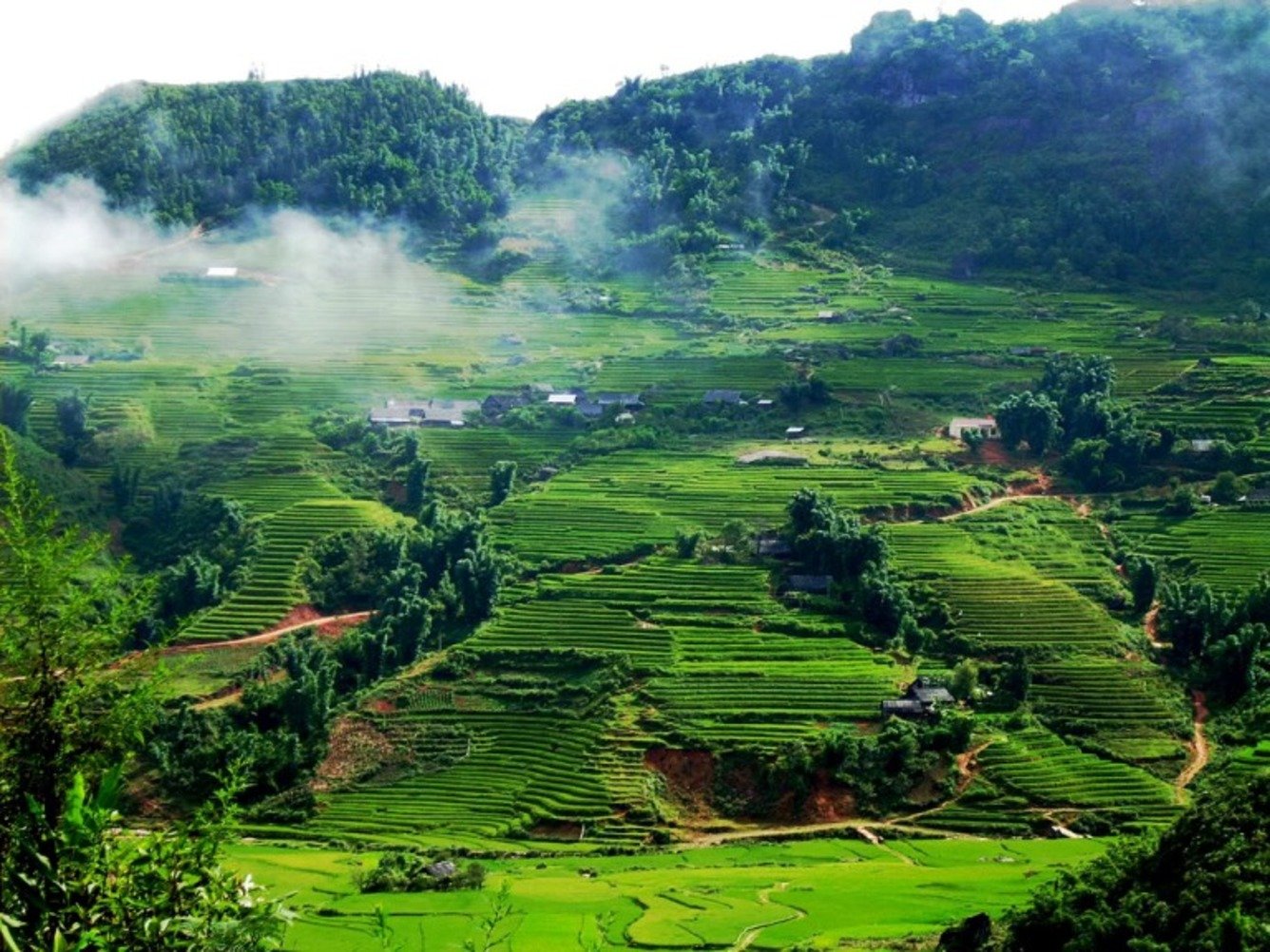
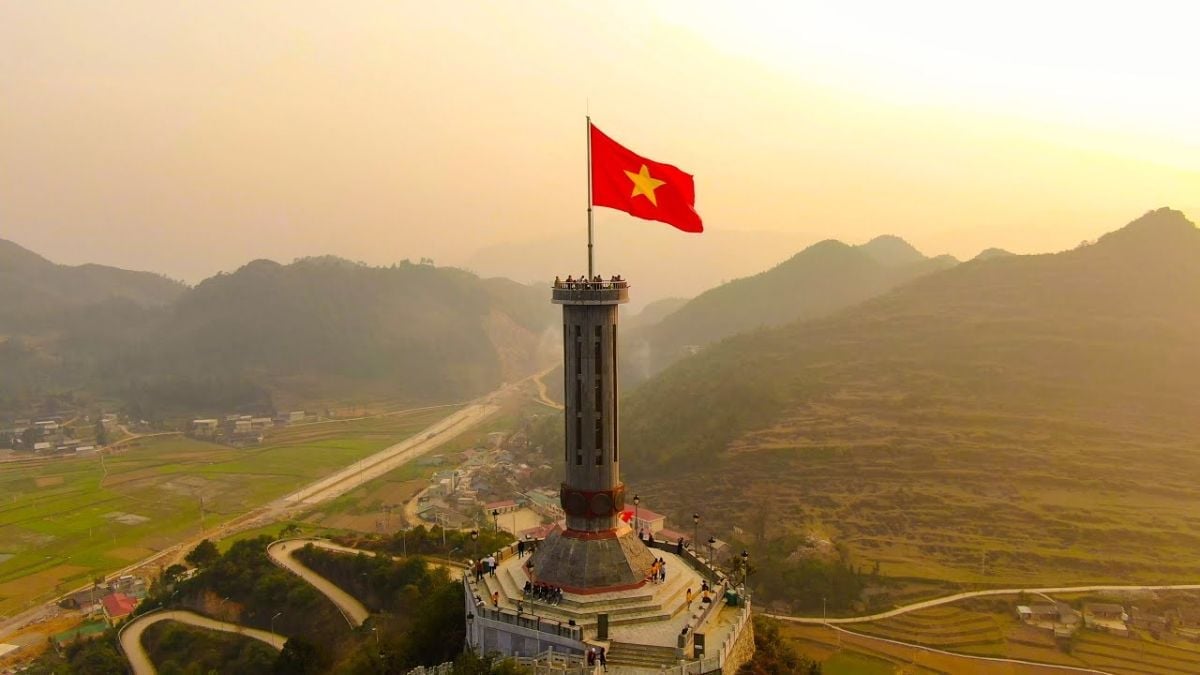
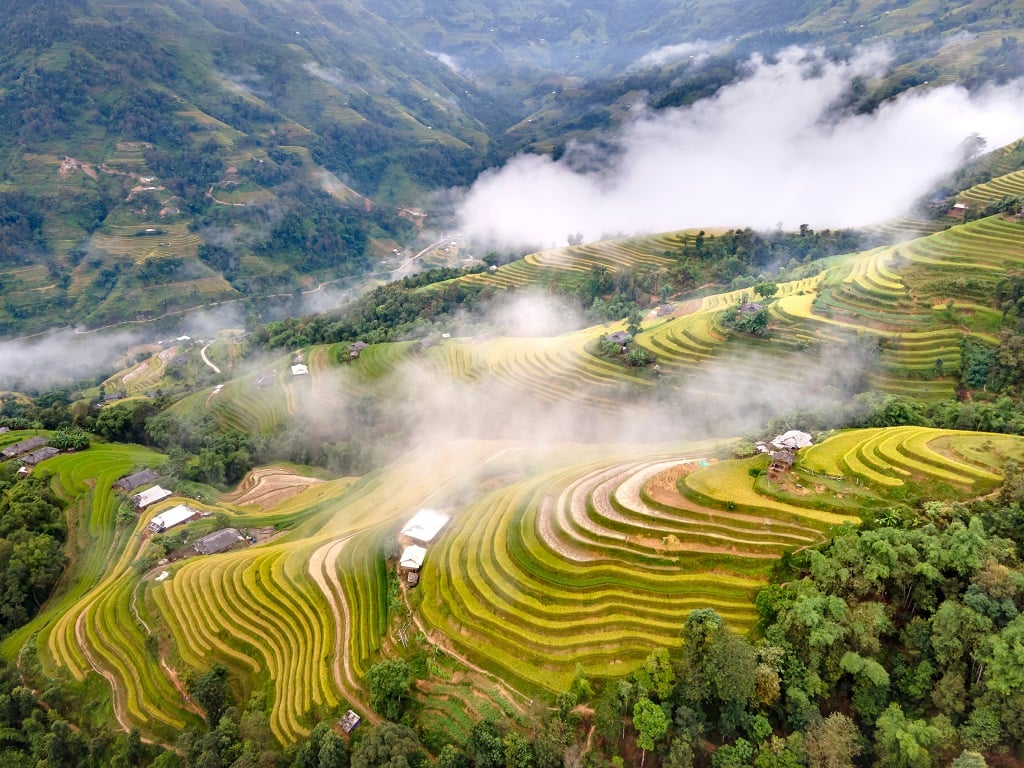
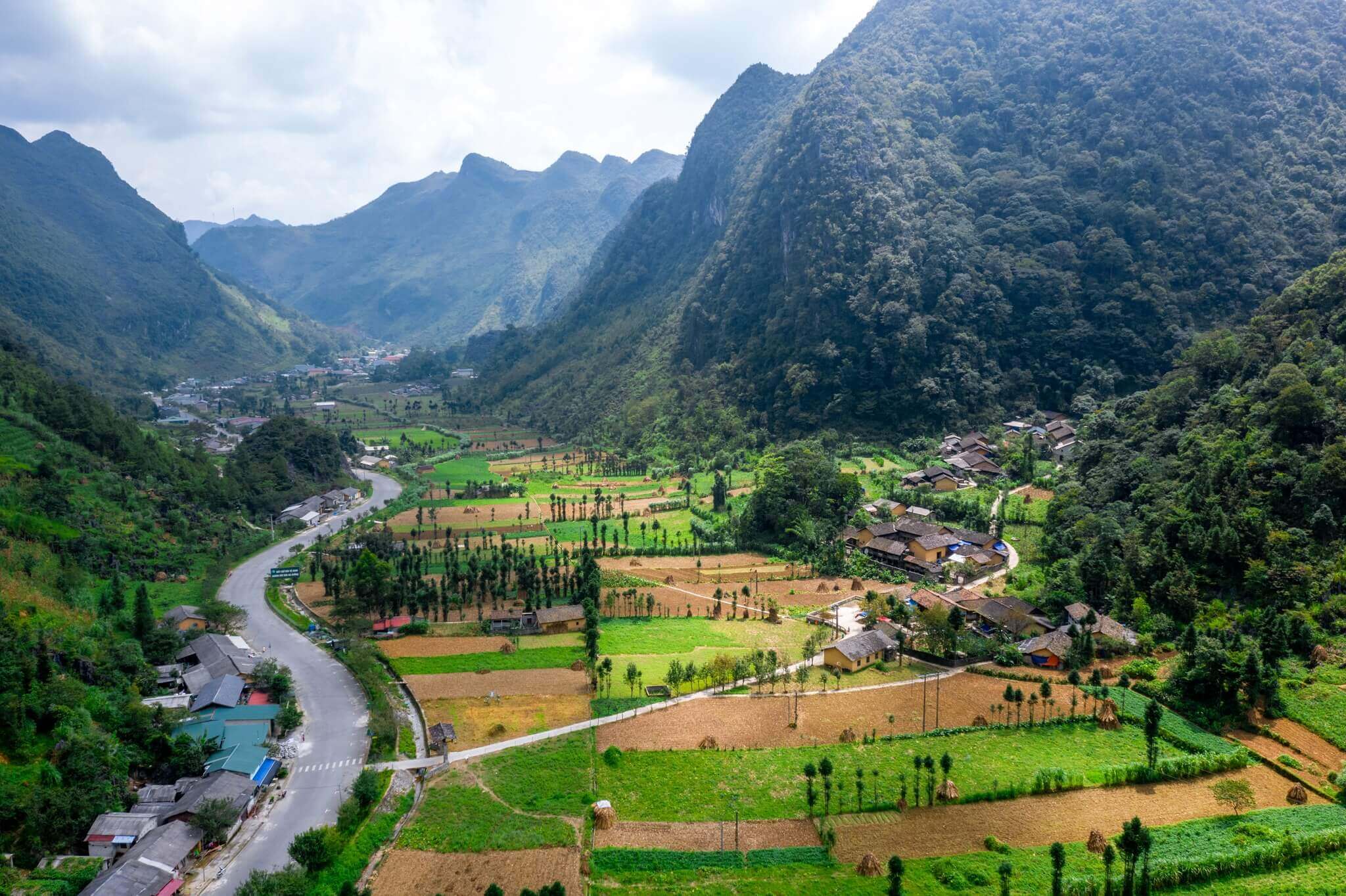
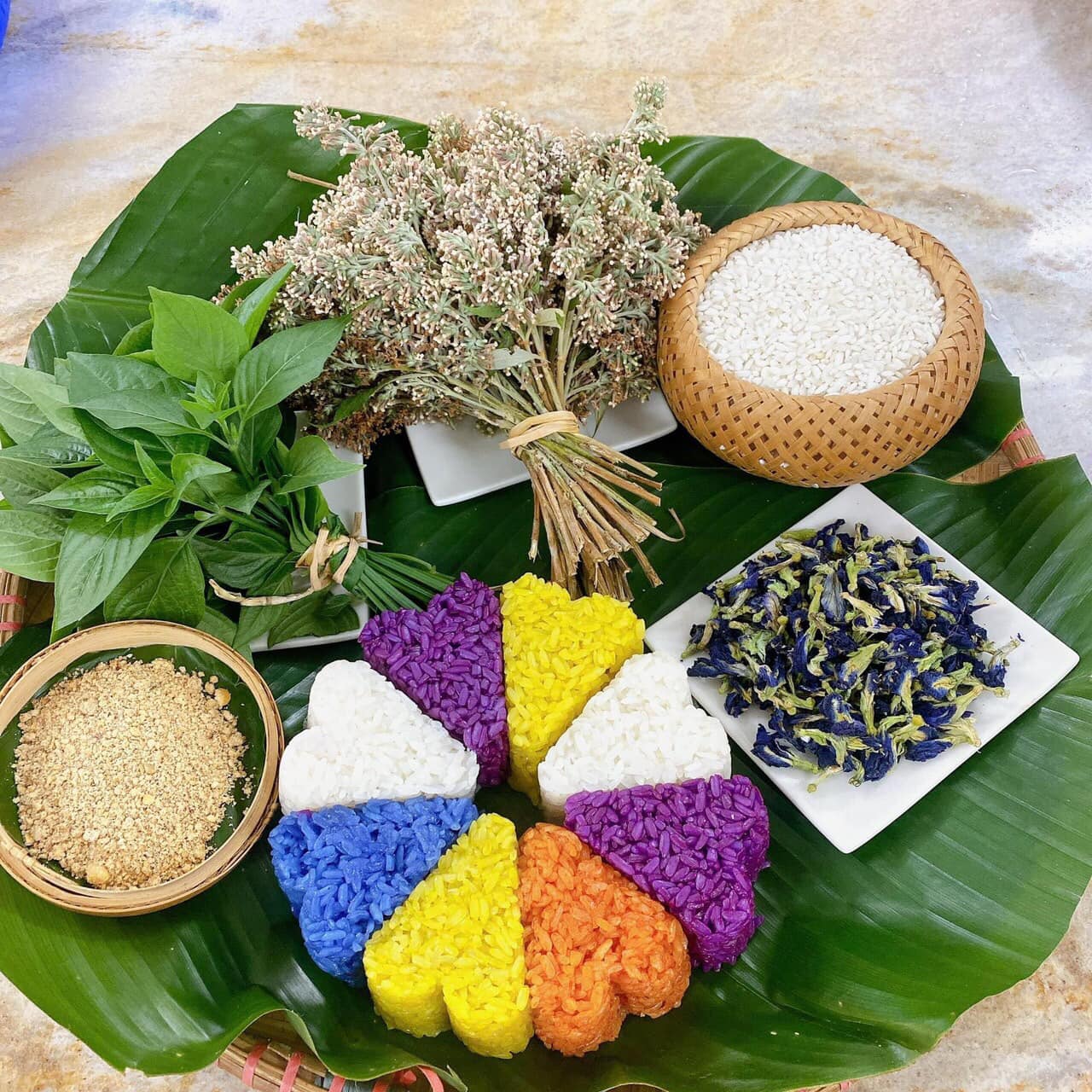

![[Photo] Highways passing through Dong Nai](https://vphoto.vietnam.vn/thumb/1200x675/vietnam/resource/IMAGE/2025/11/12/1762940149627_ndo_br_1-resize-5756-jpg.webp)
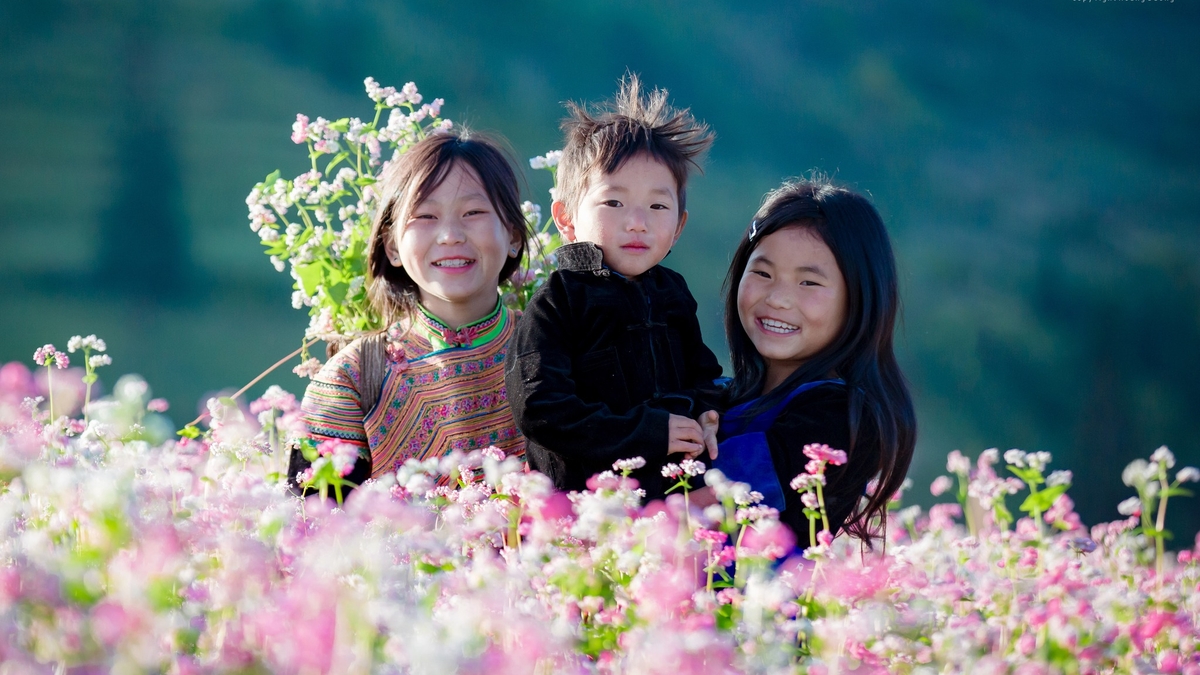
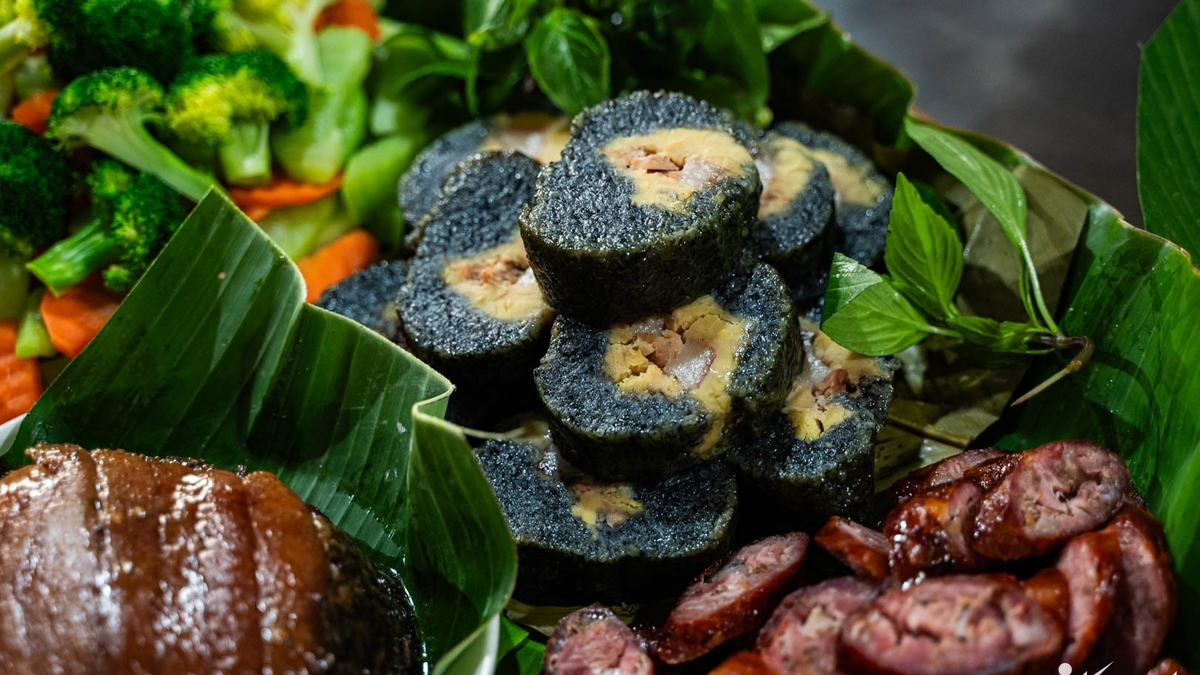
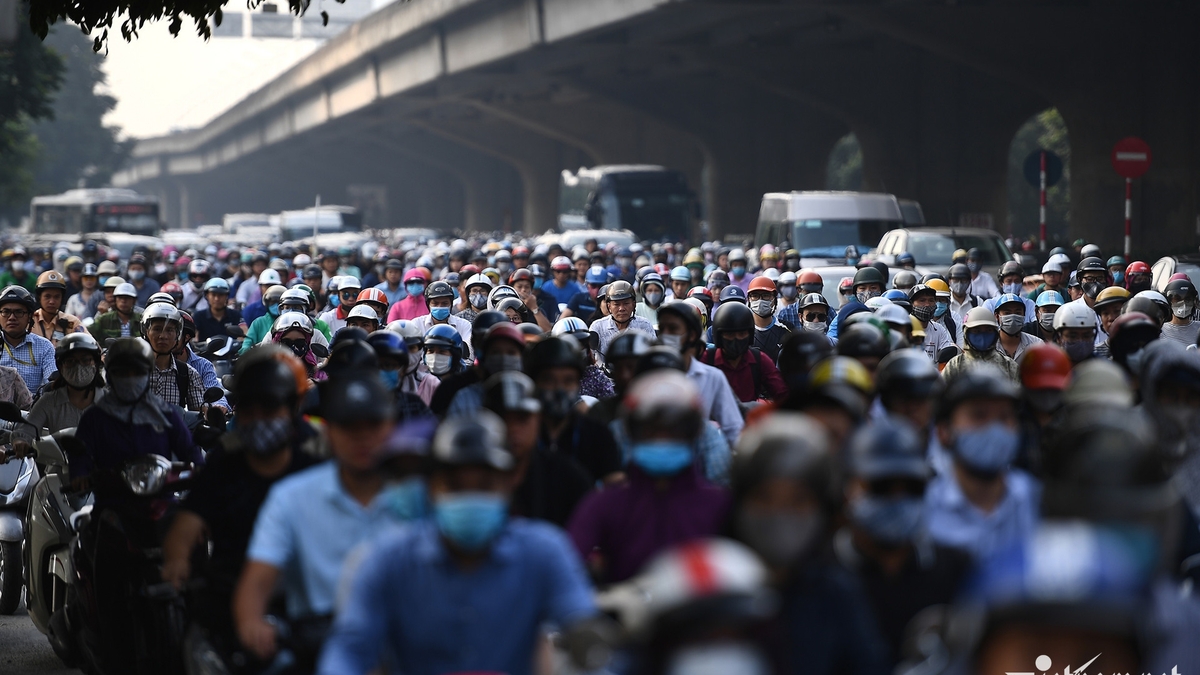
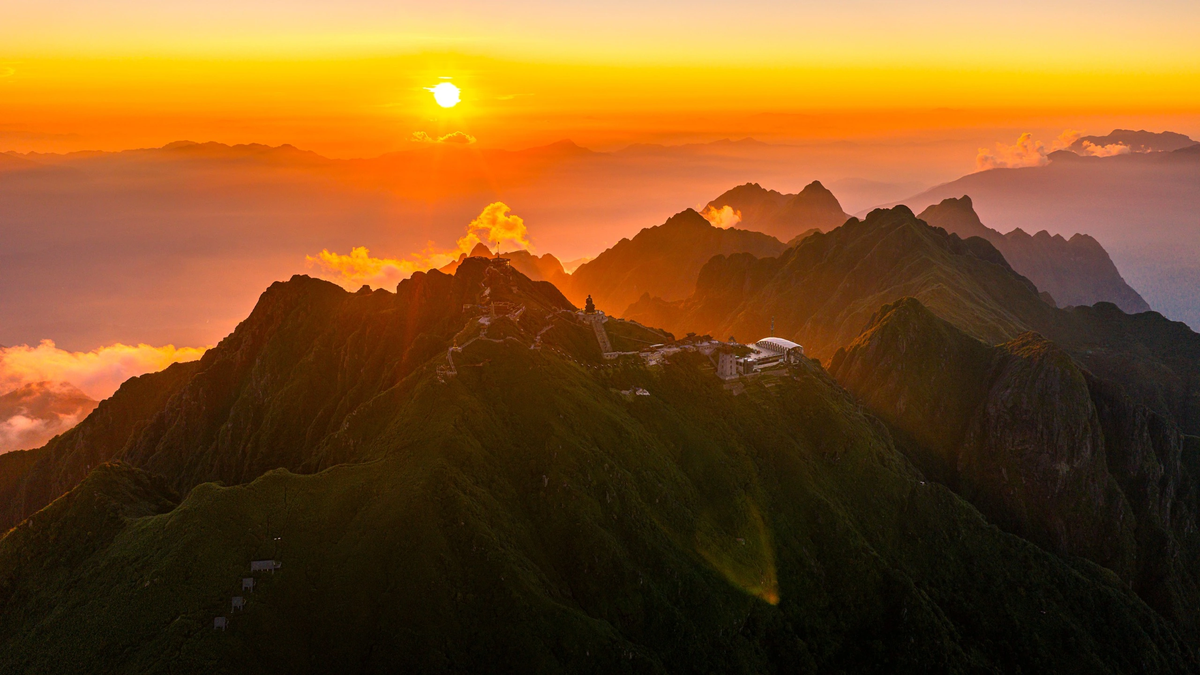


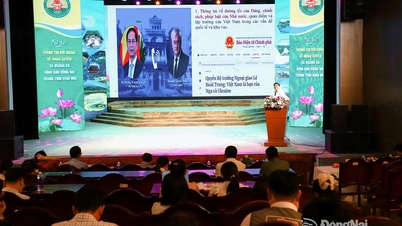



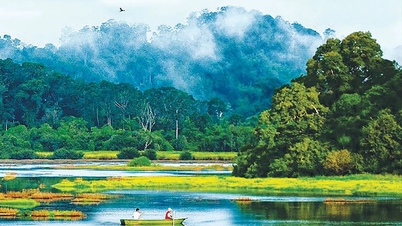

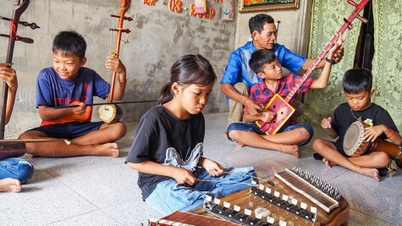



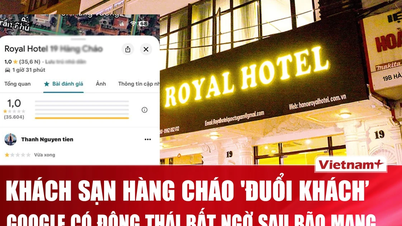



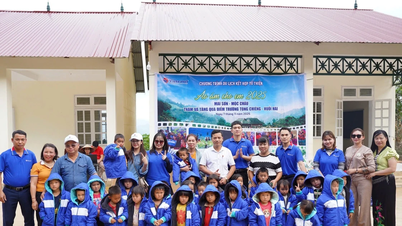
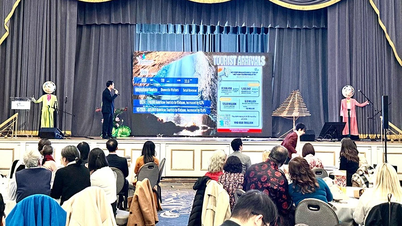
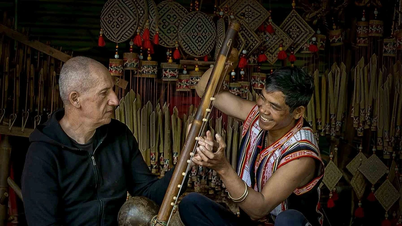




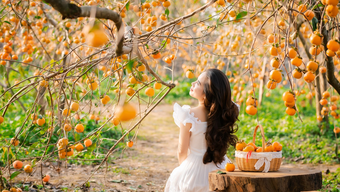

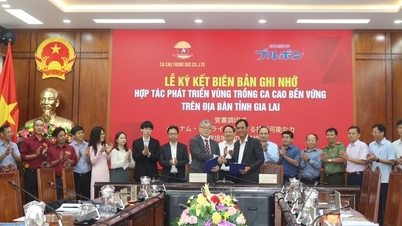
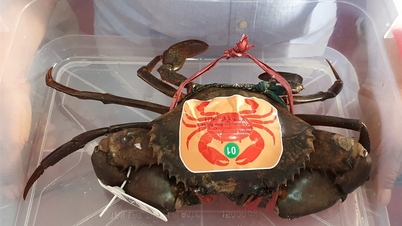
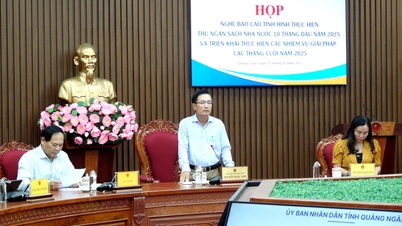
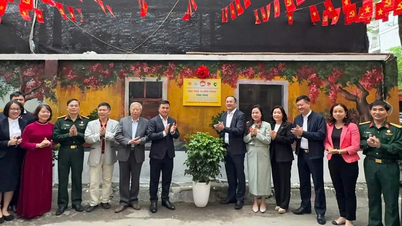
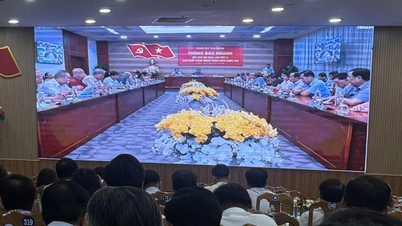





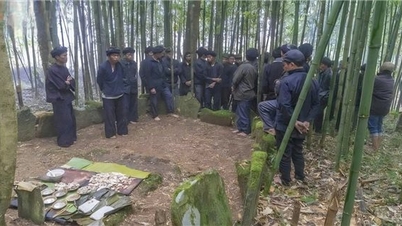


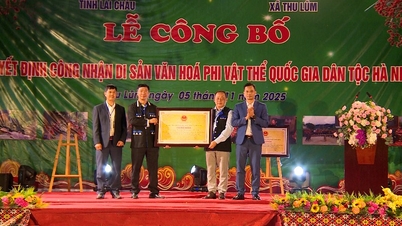

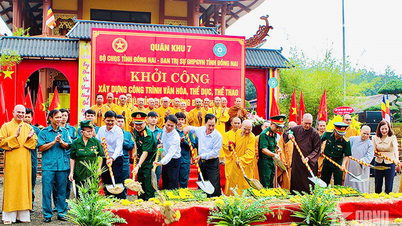





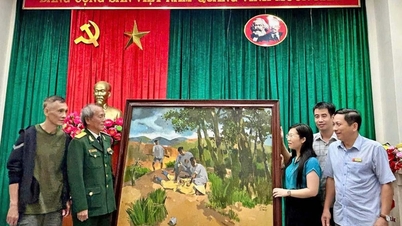

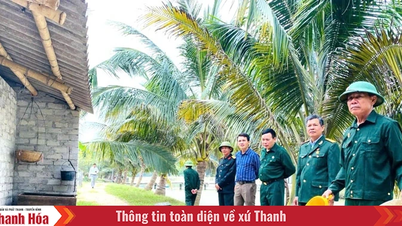



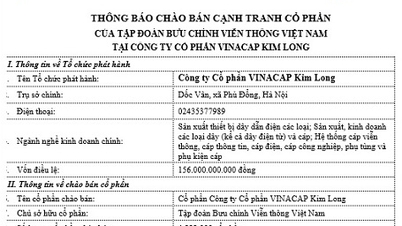


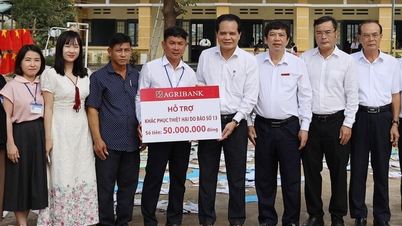


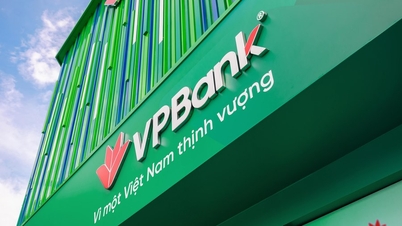


















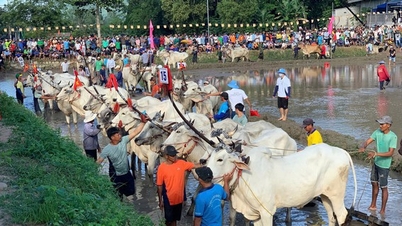

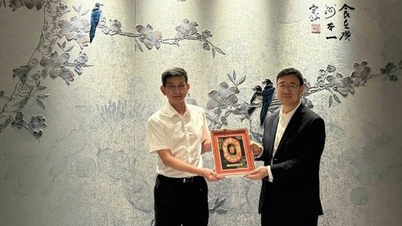











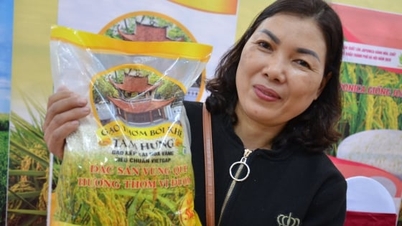

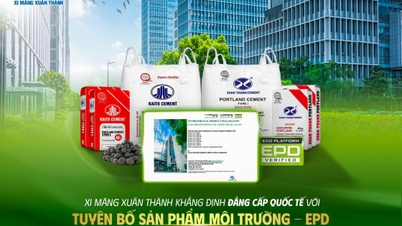


![Dong Nai OCOP transition: [Article 3] Linking tourism with OCOP product consumption](https://vphoto.vietnam.vn/thumb/402x226/vietnam/resource/IMAGE/2025/11/10/1762739199309_1324-2740-7_n-162543_981.jpeg)






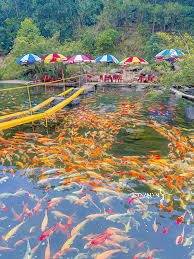
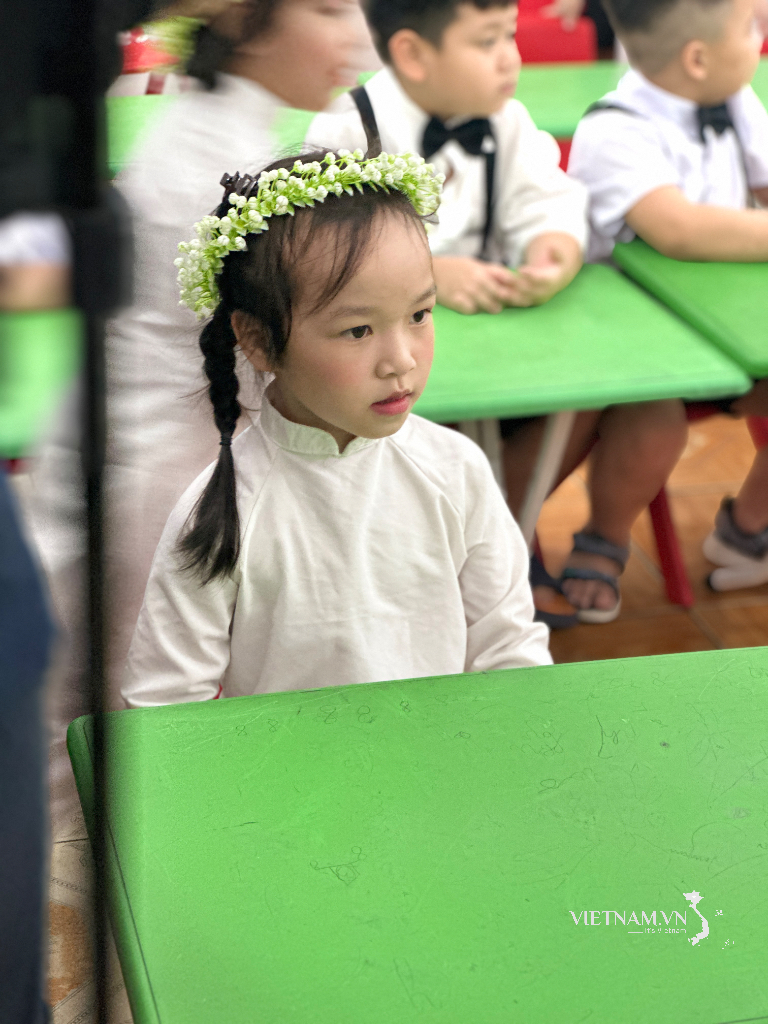
Comment (0)